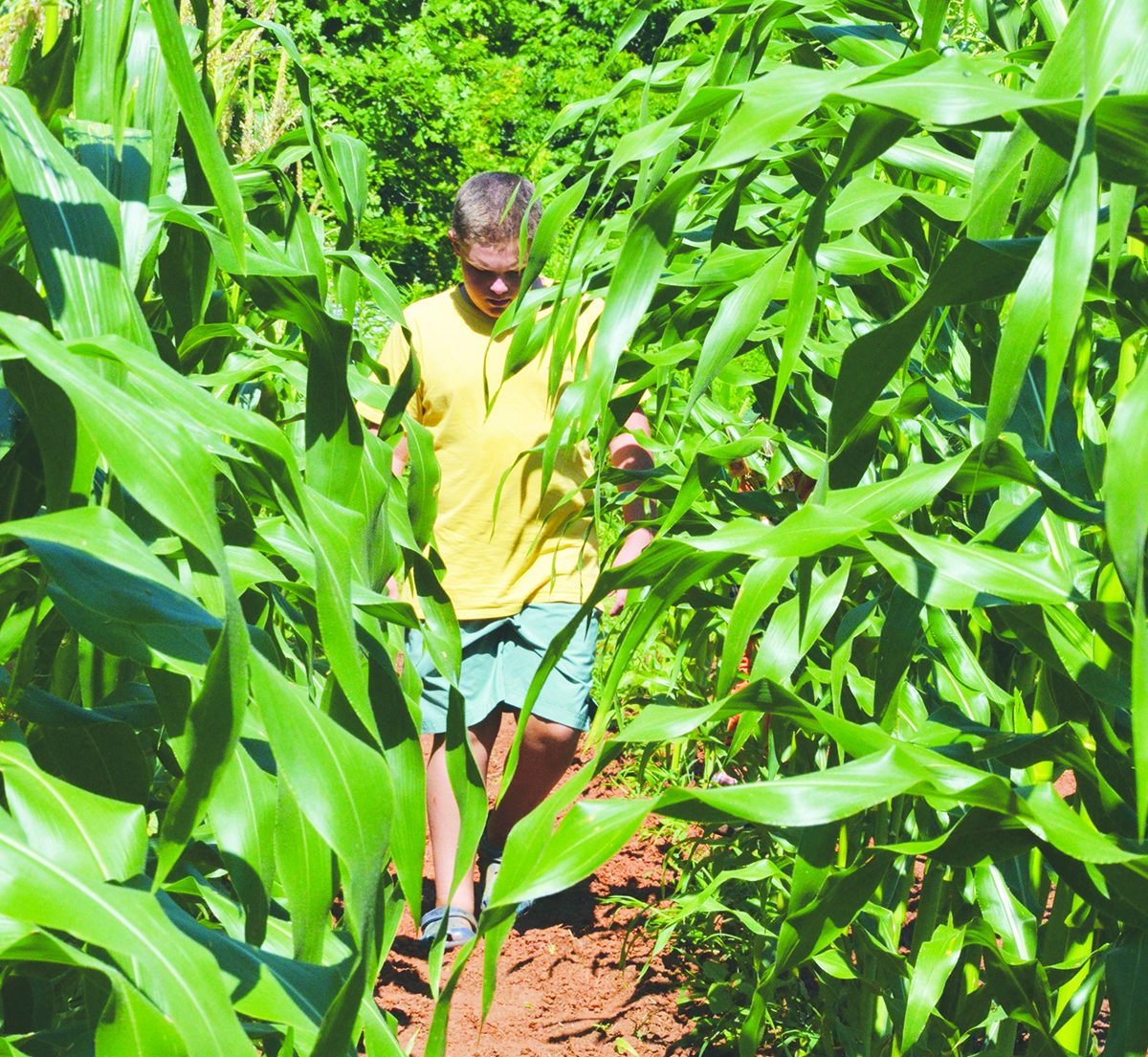Santa carver’s artistry lives on our mantle
Published 9:32 am Thursday, July 28, 2016
Deep in the oven-like attic Saturday morning I found the big cardboard box of wooden Santas where I had stashed them after Christmas. We have maybe a hundred hand-carved Santas that are the capstone of our Christmas decorating every December. Setting out the Santas is a job that has fallen each year to the youngest in the family — the three boys in turn and now to the grandchildren. Depending on the child’s inner Feng Shui, the Santas are arranged by height, on one or both sides of the fireplace, or all over the living room.
The Santas — short or tall, fat or skinny, some dressed as soldiers and one even a “Touchdown Santa” football referee — are part of the family tradition.
Trending
I needed six little ones on Saturday for us to wear to the funeral of the carver — Ken Buker, my father-in-law.
All his relatives sported little Santa necklaces or lapel pins as we marched into the chapel at Myers Park United Methodist Church as the organ roared, “A Mighty Fortress Is Our God.” Indeed.
Great-granddaughter Cayden wore a carved bluebird — exhibiting another phase of his artistry.
Like Van Gogh and Chagall, Ken’s carving artistry went through developmental stages. He carved ducks at first. He had a cowboy phase. He carved a few golfers. He carved chickadees and bluebirds. One fellow at the funeral brought a clown Ken had carved for him years ago. But Ken found his higher calling with Santa Claus. He produced hundreds — many hundreds. All were just a little different. He took a block of wood in hand and found a Santa Claus waiting to be discovered inside. He wore Band-Aids over his often-cut fingers.
If he loved you — if he liked you — he gave you a Santa carving at Christmas. The entire church staff at Myers Park Methodist all had Santas. Ken regularly sent me home with Santas for my brother and four sisters.
He let me marry his second daughter in 1978 well before he became a carver. I was amazed that he knew at least one person in every town in North Carolina, South Carolina and Virginia. He had established them as agents of Safeco Insurance. I was even more impressed that he could speak intelligently on any topic. He had a 32-gigabyte brain. He was a voracious reader, recited poetry and knew the names of the birds, butterflies and bugs.
Trending
He introduced me to surf fishing at the beach but neglected to teach me how to actually catch fish. He flew kites and laughed heartily and loved us well.
He was a World War II veteran who spent the war in the Pacific on slow-moving supply ships. He was an expert trumpeter in his youth.
Regularly, Gramps and Mamaw came up from Charlotte to watch their grandsons play football and baseball or perform in piano recitals or school plays. During the darkest days of his daughter’s illness, he always gave me a welcomed pat on the back and told me he loved me.
In recent years our contact was mostly by telephone. The newspaper staff all talked to Gramps over the years and knew his kind voice. His calls — often on Tuesday morning during the madness of deadline pressure — were a respite from the storm around me. For a few minutes, we could talk about peaceful things, about the latest exploits of his grandsons, the great-grands, about Elizabeth, about my mother, about me. We usually closed with a Mary Memory of his daughter who died 22 years ago. He rarely elaborated on his own health. He was always “doing fine.”
Doctors found a brain tumor maybe five years ago and it eventually claimed him. On his last day, someone heard him whispering Mary’s name. My eyes may have misted up a little while imagining their heavenly reunion.
The six Santas went back in the box Saturday evening, and I’ll pack them back into the attic to await next Christmas. They are precious treasures.
— Dwight Sparks





